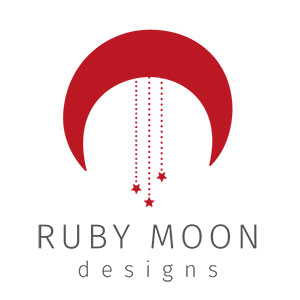You may have noticed a message next to your website or other sites you frequent in the address bar of Google Chrome this summer.
![]()
Why is it popping up now and what does it mean?
According to DMR Business Statistics, Google Chrome dominates web browsing traffic with a 61.4 percent share of the worldwide browser market. So, when Google makes decisions, people notice. In July of 2018 the company rolled out Chrome 68 and with it, Google went ahead with its plan to label all non-HTTPS websites “Not secure.”
Mozilla Firefox will also roll out future versions of its browser that by default will label Non-HTTPS websites as “Not Secure” and display a red lock with a line going through it. In Firefox Nightly version 59, this feature must be enabled by the user.
Microsoft Edge currently displays a red-lettered warning sign, “This site is not secure” and Internet Explorer displays a red shield with the wording, “there is a problem with this website’s security certificate” for non-HTTPS sites.
Finally, Mac users surfing in Safari will find an orange lock in the smart search field for non-secure HTTP sites. If you’re asked for secure information on these sites like a credit card number, you’ll be warned again with a “this is a non-secure form” message in a separate dialog box.
So, what is a non-HTTPS Website?
A non-HTTPS website or an HTTP website is not secure. “Not secure” means your site does not have an SSL (Secure Socket Layer) certificate. An SSL certificate encrypts the connection between a user’s computer and a website server. Once you obtain this certificate and install it, your website will become an HTTPS website.
Without SSL encryption, all information, even credit card info, is simply displayed in plain text and can be read by anyone with the right tools such as hackers or anyone else with malicious intent.
And believe us: There are people out there with malicious intent and the right tools are easy to come by.
Does the Label Matter?
Google has rolled out this change gradually. In earlier browser versions, it simply warned users about potentially insecure sites. Now, the label is there for all to see. Other browsers such as Safari mark insecure sites in a less obvious manner. If you don’t do credit card transactions on your site, you may think the designation isn’t a big deal.
Here are a few things that might make you reconsider.
First, if a user has installed Chrome 69, Google has now removed the “Secure” label from all sites with HTTPS encryption. This means sites with a “Not secure” label are even more visible.
Having an HTTPS site improves:
- Google rankings
- Speed accessing your site
- Safety when a user is browsing to your site in a public place (like Starbucks)
- Customer trust in your site and possibly your business
What Can I Do About It?
Switching your website to HTTPS with a secure certificate is highly recommended. Over 75 percent of the pages loaded to Firefox in July of 2018 were HTTPS sites according to the watchdog group letsencrypt.org. Plus, it’s just good business to protect your customers from potential hackers.
If you are a technical person, Google has a tutorial here to teach you how to migrate your website to HTTPS.
Chances are, you’ll need some help. If you do, Sublime Creations is here for you. We are an eco-friendly company helping local and small businesses with website consultation, design and personalized training solutions. Feel free to contact me online or call me at (720) 443-1407 to schedule your free 30-minute consultation.





